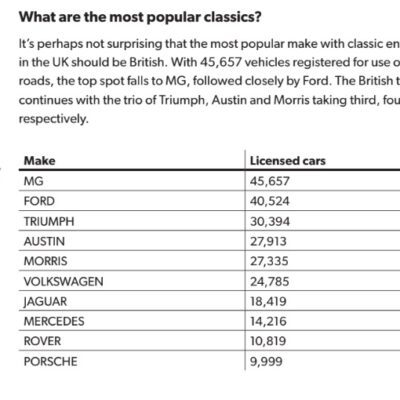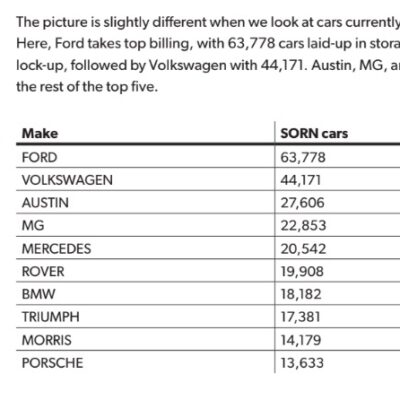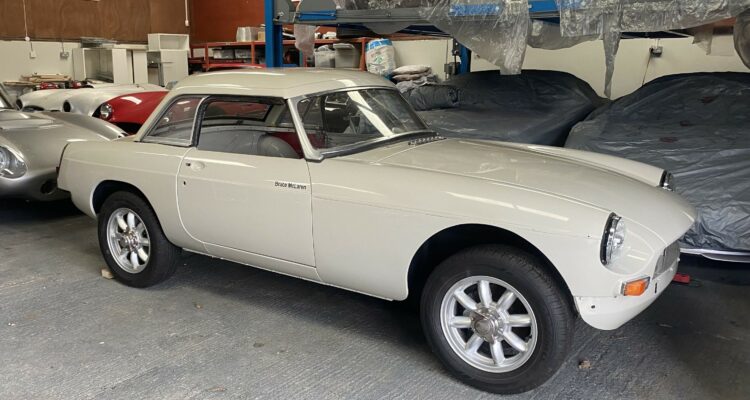Classic Car Emissions – MINIMAL
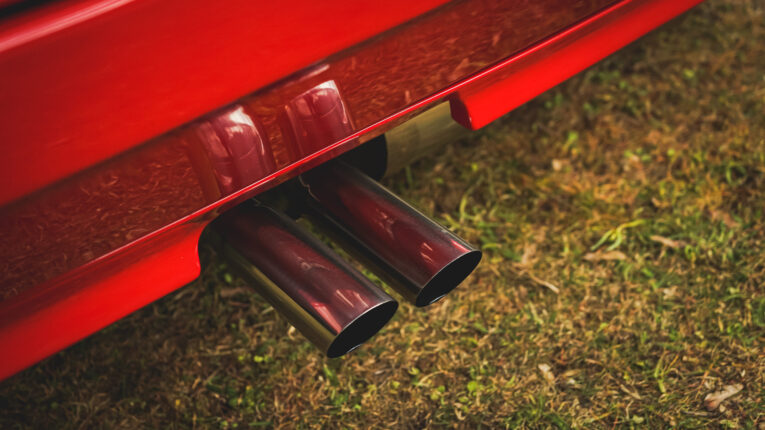
The air seems, and forgive us for this heavy-handed metaphor, thick with issues at the moment. Uneducated people with ironically expensive educations are throwing paint at things, they’re dangling off bridges and they’re painting things orange. They’re also gluing themselves to roads, for reasons that do nothing other than anger the very people they’re trying to motivate. And while these people haven’t yet put classic cars within their crosshairs, many of us wonder if it’s only a matter of time? There is a forced guilt that comes with owning a classic, because there is the false accusation that they harm the baby penguins, and every time we go to a car show, part of the North Pole falls off. So devastating are our car’s emissions. Or are they? According to a deep dive study by Loop Agency, no, no they’re not.
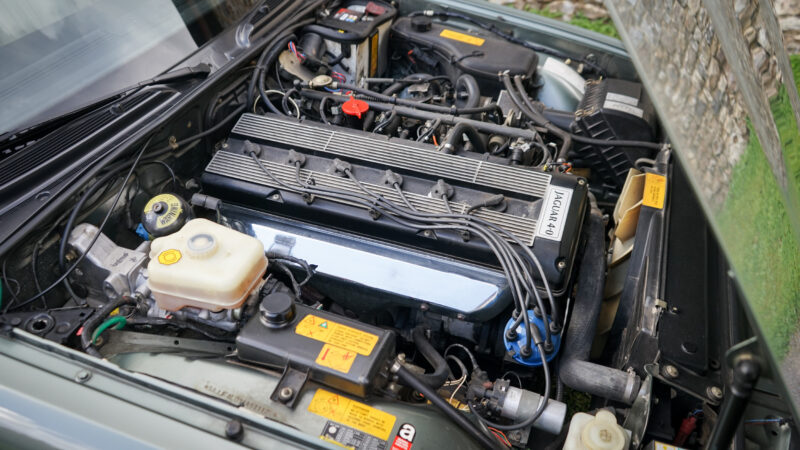
Here’s your headline figure. Classic cars in the UK account for just 0.22 per cent of ALL transport emissions. Not even a quarter of a per cent. Or, in other terms, using a classic car for the typical 1,200 miles a year has the same carbon impact as having three lattes a day, or running two laptops for four years each. Or Christmas, per head. We’re not making this up. Classics are barely identifiable on the scale. It’s remarkable.
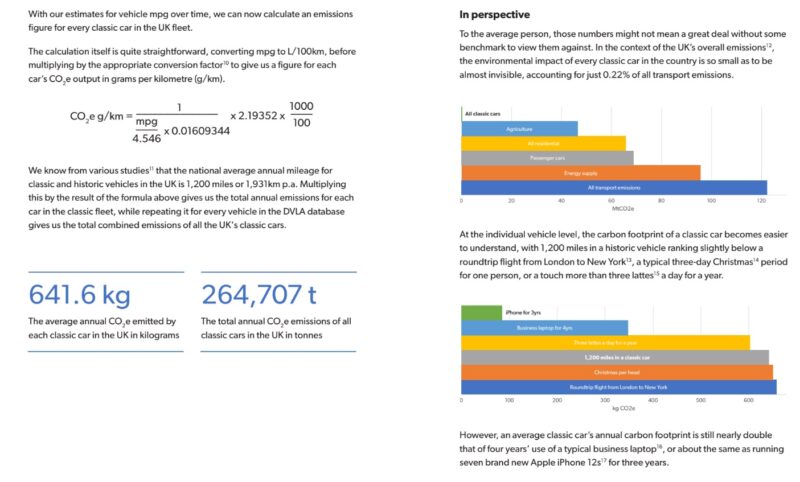
Alex Kefford, Loop’s Technical Writer and author of the report, said: “Assigning a figure to the carbon footprint of the UK’s classic cars has long been a challenge. By taking a data-first approach that included developing our own software, delving into decades of dusty archives, and crunching our way through millions of data points, we’ve been able to shed some light on this particularly tricky topic.”
And there is potential for these figures to be even lower. Loop’s emissions study is based on pre-defined parameters for what a classic car is. This means this data is based on the DVLA’s 40 year recommendation, as well as that of FIVA, the Fédération Internationale des Véhicules Anciens, the body that represents historic vehicle owners’ interests in Europe, which defines a classic as ‘a mechanically propelled road vehicle which is at least 30 years old, preserved and maintained in a historically correct condition, not used as a means of daily transport, and which is therefore a part of our technical and cultural heritage.’
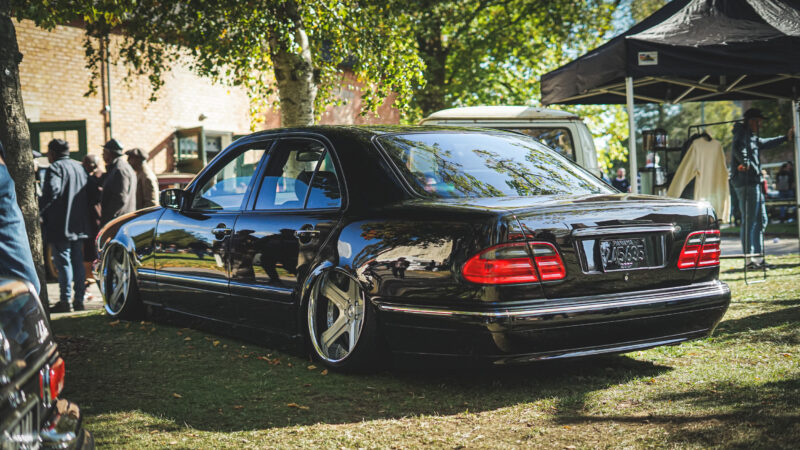
The study based on those numbers is what gives us the 0.22 per cent figure, but the reality is that it may be lower. A great many of you would consider a car of twenty to twenty-five years of age to be a classic, which begs the question of how many cars out there are technically ‘modern’ but are being used within the ‘typical’ 1,200 miles per year (my 1999 Vitesse certainly falls within that – Pollitt)? While it’s unquantifiable, there is no denying that the figure for us as an enthusiast group is going to be a lot lower. DVLA’s own data certainly goes to suggest that fact, with the popularity of modern classics tracking up considerably.
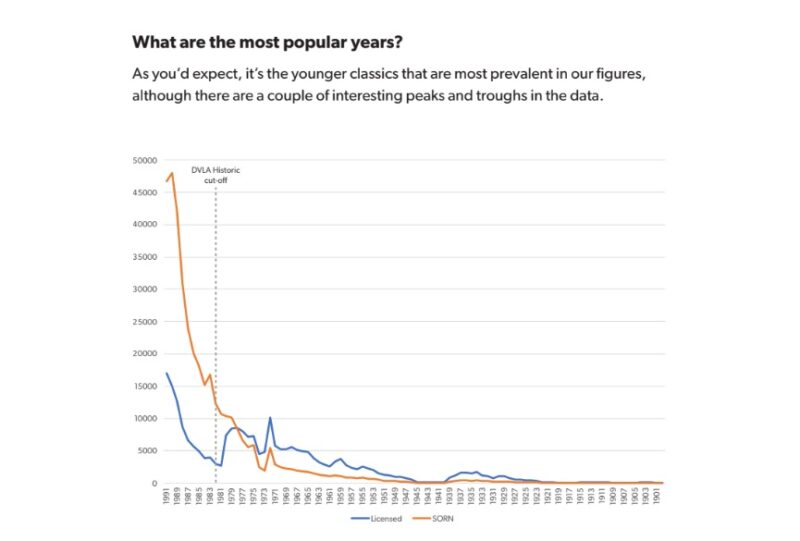
The study also brought some interesting discoveries to light, as Kefford explains: “Along the way we’ve discovered that the humble MGB is the most popular classic with Brits, that there are more classic Ford Escorts and Volkswagen Golfs declared as SORN as there are registered on our roads, and that average passenger car fuel economy has doubled since 1956.”
This study by Loop can be downloaded here, and we strongly encourage you to do so. There is a lot of information within, and as owners, enthusiasts and champions of the classic car word, it is information we need to be armed with. Add in other factors, like the fact the classic car sector is worth approx. £8bn to the UK economy, the fact it employs around 35,000 people across 4,000 businesses, the fact we are as the whole, the very embodiment of sustainability, and it makes for a strong case. We literally do more good with our cars in a broader sense than we do harm. We keep heritage alive, we keep skills alive and we are there to support a new generation of young people and apprentices. We, you, should be proud of that old jalopy in the garage. You should never feel guilty about it.
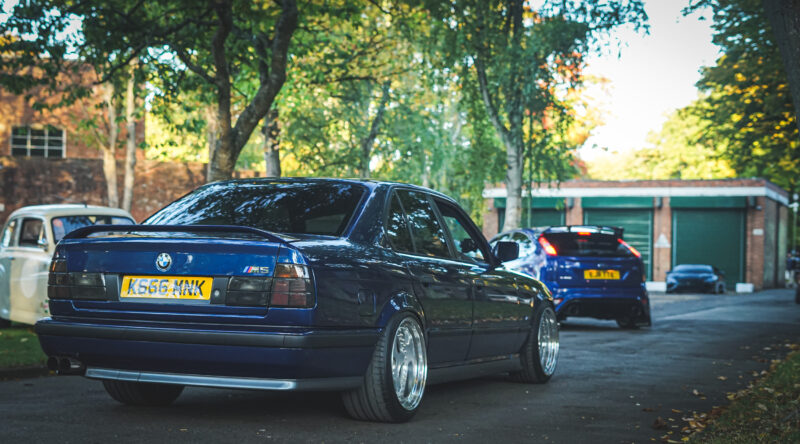
Of course, this study and any future study is only going to be as good as the people on which it is based. There is a responsibility here that falls squarely at our feet. We need our cars to be maintained, to not belch smoke as they trundle along, to not mark their territory with Castrol every time we stop, that kind of thing. Happily though, we – for the most part – do that, as classic car ownership is about more than having our name on a V5, it’s about being proud of our machines and proud of how good they are. Add in the topics of the future, like synthetic fuel (it is coming, and we’ll have a video on it soon), improved fuel delivery options like conversion to injection etc, and the future looks good. So go out there, drive your classic, enjoy it. It’s okay.

